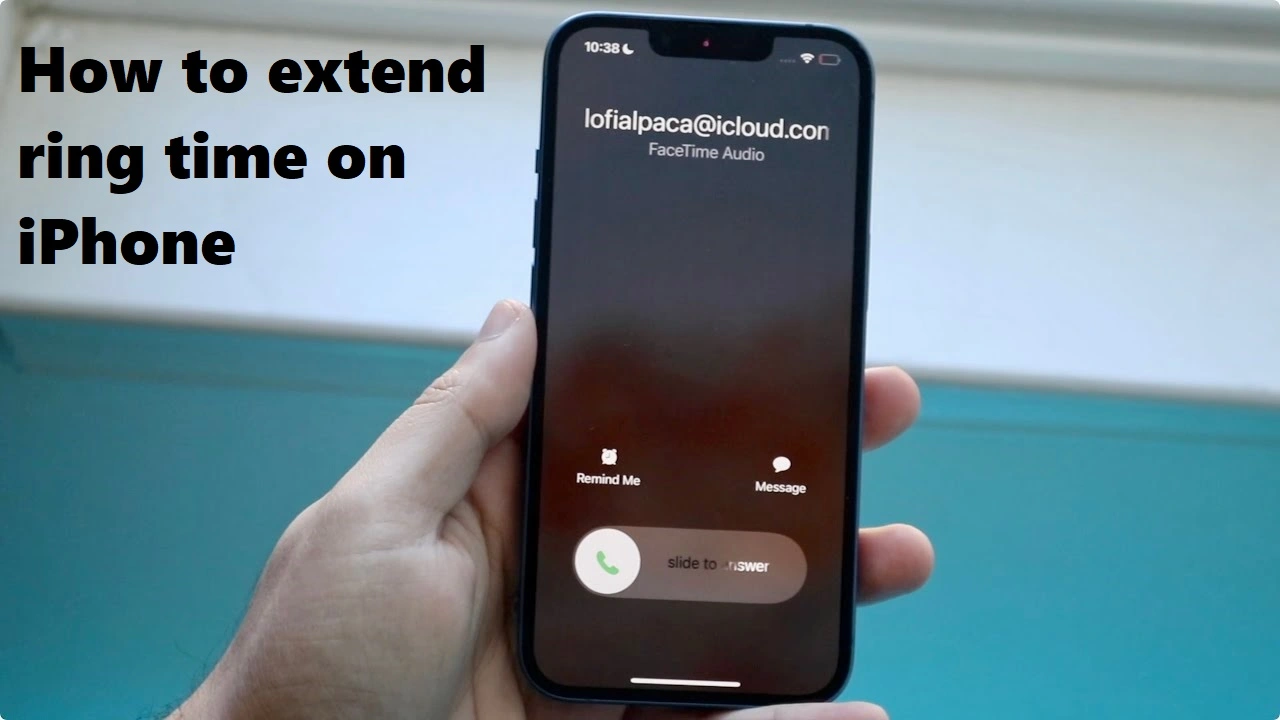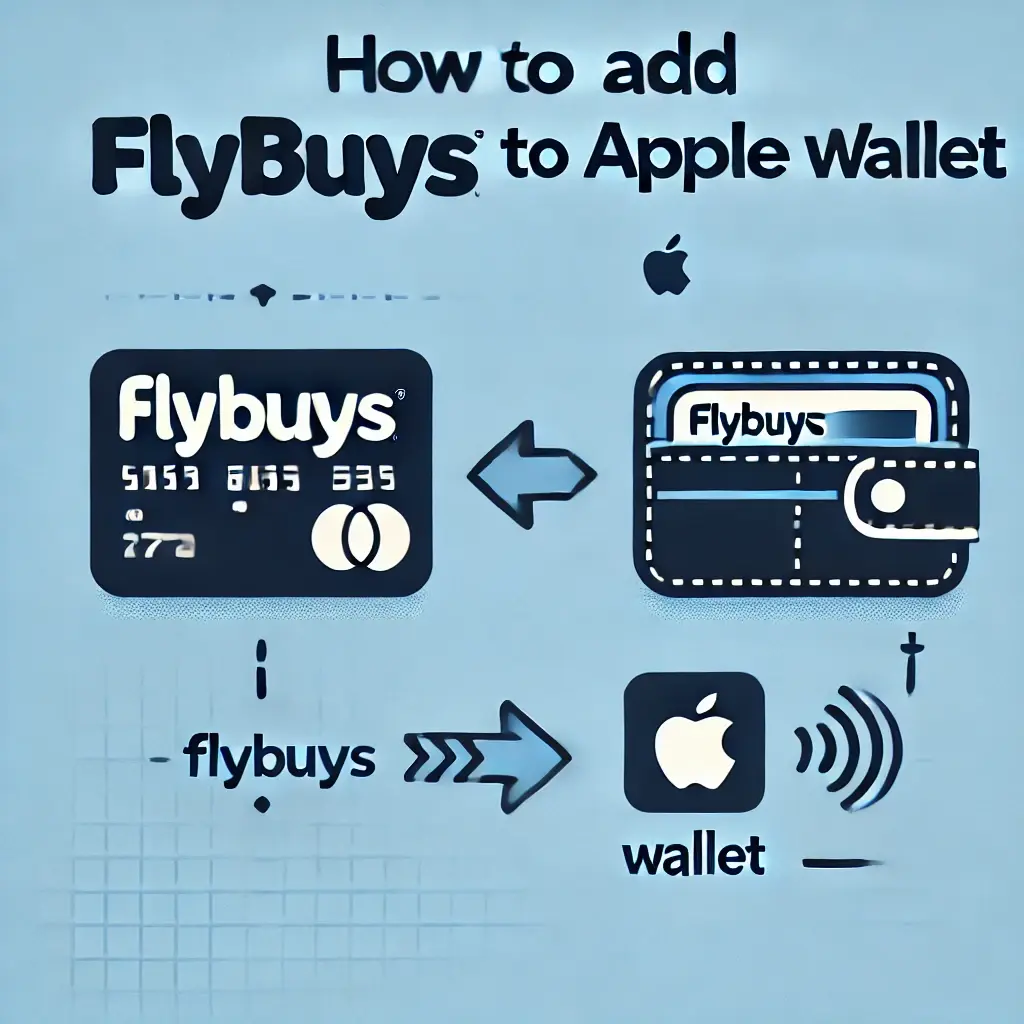
Data roaming is the process by which your mobile phone links to a network outside of the range of coverage for your home carrier. This function keeps you connected to the internet while travelling either domestically or internationally. Whether you’re checking emails, using directions, or forwarding holiday pictures, data roaming guarantees you have a mobile connection even while you’re away from home. In this article, you’ll learn what data roaming is, how it works, how to manage it, and tips to help you avoid unnecessary costs.
How does data roaming work?
Using your mobile phone within your own nation links it to the Australian operator Telstra, Optus, or Vodafone’s network. Your phone will have to connect to another network to keep operating if you venture outside the coverage area of your carrier. Data roaming is this.
For example
- If you use Telstra and head to the UK, your phone could connect to Vodafone UK or EE. Telstra teamed outside vendors to offer roaming capabilities.
There is always a cost involved even though roaming agreements between carriers let for this simple transfer. You are utilising a foreign network, hence your provider will charge you more.
Why is data roaming important?
Travellers must have data roaming since it keeps them in touch even while they are far from home. These are some main advantages:
- Convenience: Arriving here, you won’t have to buy a new SIM card or hunt for Wi-Fi.
- Navigation and maps: Get direction and real-time GPS.
- Instant communication: Use messaging apps like WhatsApp or iMessage wherever you are.
- Business needs: While on business vacation, keep correspondence to customers, colleagues, and staff using email.
- Emergencies: Data roaming guarantees that, should an emergency strike, you could find important data or call for assistance.
The costs of data roaming
It can be costly. Unanticipated usage might cause bill shock, a large phone bill you did not budget for, and often costs more than utilising mobile data in your own country.
Common roaming charges include
- Data usage: Typical roaming charges cover data consumption paid per MB or GB.
- Calls: Making or answering calls pays a charge every minute.
- Text messages: Textbooks charge per message delivered.
Example: If your business charges $10 per megabyte, for instance, streaming a 1GB movie may cost more than $10,000!
How to avoid excessive roaming charges
Luckily, one may control data roaming charges by following certain guidelines. These are a few methods:
1. Purchase roaming packs
Most Australian ISPs offer somewhat reasonably priced roaming services. Usually running daily or flat, these plans offer a predetermined quantity of data, calls, and texts for a cost.
- Telstra: International Day Pass ($10 a day in eligible nations).
- Vodafone: For use in some countries, Vodafone provides $5 roaming.
- Optus: Travel packs from Optus start at $5 a day.
2. Use Wi-Fi instead of mobile data
From hotels to cafés to airports and even public areas, many venues offer free Wi-Fi. Using Wi-Fi rather than roaming is less expensive.
3. Disable data roaming
Your phone’s settings will let you turn off the roaming capability, so avoiding all roaming fees. This guarantees that your gadget never uses mobile data abroad.
4. Monitor your usage
Regularly review your data use to make sure you keep under the limits of your plan. Many phones and apps let you create usage alarms.
5. Buy a local SIM card
Usually, the most affordable solution is to get a local SIM card with a data package if you intend to spend a lot of time abroad. This involves unlocking your phone.
How to turn data roaming on or off
On your phone, you may turn on or off data roaming using the following:
1. For iPhone users
- Open Settings
- Touch Mobile Data or Cellular
- Select mobile data alternatives
- Turn either on or off data roaming
3. For Android Users
- Open Settings
- Please refer to Network & Internet > Mobile Networks
- Locate the Roaming option and toggle it on or off
Turning off roaming before you fly will help you prevent any unanticipated expenses.
Alternatives to Data Roaming
Using data roaming is not your only choice. These are some often used substitutes:
1. eSIM Technology
Using an eSIM, sometimes known as embedded SIM, you can add a digital SIM card to your phone without actually carrying a physical one. Many e-SIM companies charge fair rates for overseas travel.
2. Portable Wi-Fi hotspots
A portable hotspot device offers internet access across local networks and can be rented or bought. Group travels especially benefit from this.
3. International SIM cards
Some companies provide SIM cards with worldwide calling capability. Regular visitors will find them a handy choice.
4. Local SIM cards
Usually, especially for longer vacations, buying a local SIM card from your house is the best deal.
What are the benefits of data roaming?
Especially for short-term travel, data roaming has many benefits:
- Seamless connectivity: Your phone offers flawless connection and runs just like it does at home.
- No setup needed: Replacing SIM cards or changing settings is not absolutely necessary.
- Ideal for emergencies: Always have mobile data, phone calls, and text messaging access.
- Convenient for quick trips: Perfect for quick getaways or business visits.
The risks of data roaming
Data roaming has major negative effects even if it is handy.
- High costs: Especially in cases of ignorance of the rates, roaming charges can rapidly mount up.
- Data limits: Many roaming packs have restrictions, hence heavy users could soon run out.
- Accidental usage: Unintentional use Apps with background running capability could use data without your awareness.
Common myths about data roaming
To clear some misunderstandings about data roaming:
1. “Data roaming is always expensive.”
That is not accurate. Particularly in well-known locations like New Zealand, the United Kingdom, and Southeast Asia, several firms today provide reasonably priced roaming choices.
2. “Data roaming is unsafe.”
Data travelling is just as secure as utilising your house network. You should still follow fundamental internet safety rules, including avoiding unprotected websites and, when at all possible, utilising a VPN.
3. “You can’t control data usage while roaming.”
Most modern telephones let you track and restrict your data use. Additionally, you can stop background app refresh to reduce pointless use.
How to prepare for data roaming
Use these guidelines to prevent surprises when on travel:
- Check your provider’s rates: Know your local phone, text, and data prices.
- Purchase a roaming pack: Review proposals and choose one that fits your requirements.
- Download offline apps: Offline data storage allows one to keep maps, instructions, and entertainment apps such Spotify.
- Update your phone: Make sure all of the apps have been updated before leaving since updates can eat a lot of data.
- Set usage alerts: Turn on alerts when your data limit looks almost reached.
The future of data roaming
Data roaming is a fast growing field since technology allows travellers to remain connected more affordably and conveniently. These impulses help to define the future:
1. eSIM adoption
Using eSIM technology is becoming more and more common since it lets travellers quickly change their plans.
2. Cheaper plans
As telecoms fight, roaming prices probably will drop much more. Many companies today include roaming into their daily itineraries for particular locations.
3. Expanded coverage
Working to increase their worldwide roaming agreements, providers are guaranteeing consistent connectivity over additional nations.
Quick tips for saving on data roaming
Here’s a brief trip checklist:
- Turn off auto-sync: Disable auto-sync to stop emails and app automatic updates.
- Download offline maps and content: To save data usage, make advance plans.
- Use messaging apps: Less data is used for communication in apps like WhatsApp and Messenger.
- Check Wi-Fi availability: Many places provide either free or reasonably priced Wi-Fi.
- Opt for roaming packs: Activate a plan always to prevent pay-as-you-go charges.
Conclusion
Data roaming facilitates staying in touch throughout a trip. While unmanaged can be expensive, local SIM cards, eSIMs, or roaming packs are just a few of the several options to control spending. Appropriate information and preparation will enable you to connect easily anywhere your travels take you. Following the advice and ideas in this article will help you to maximise your roaming without getting broke.






